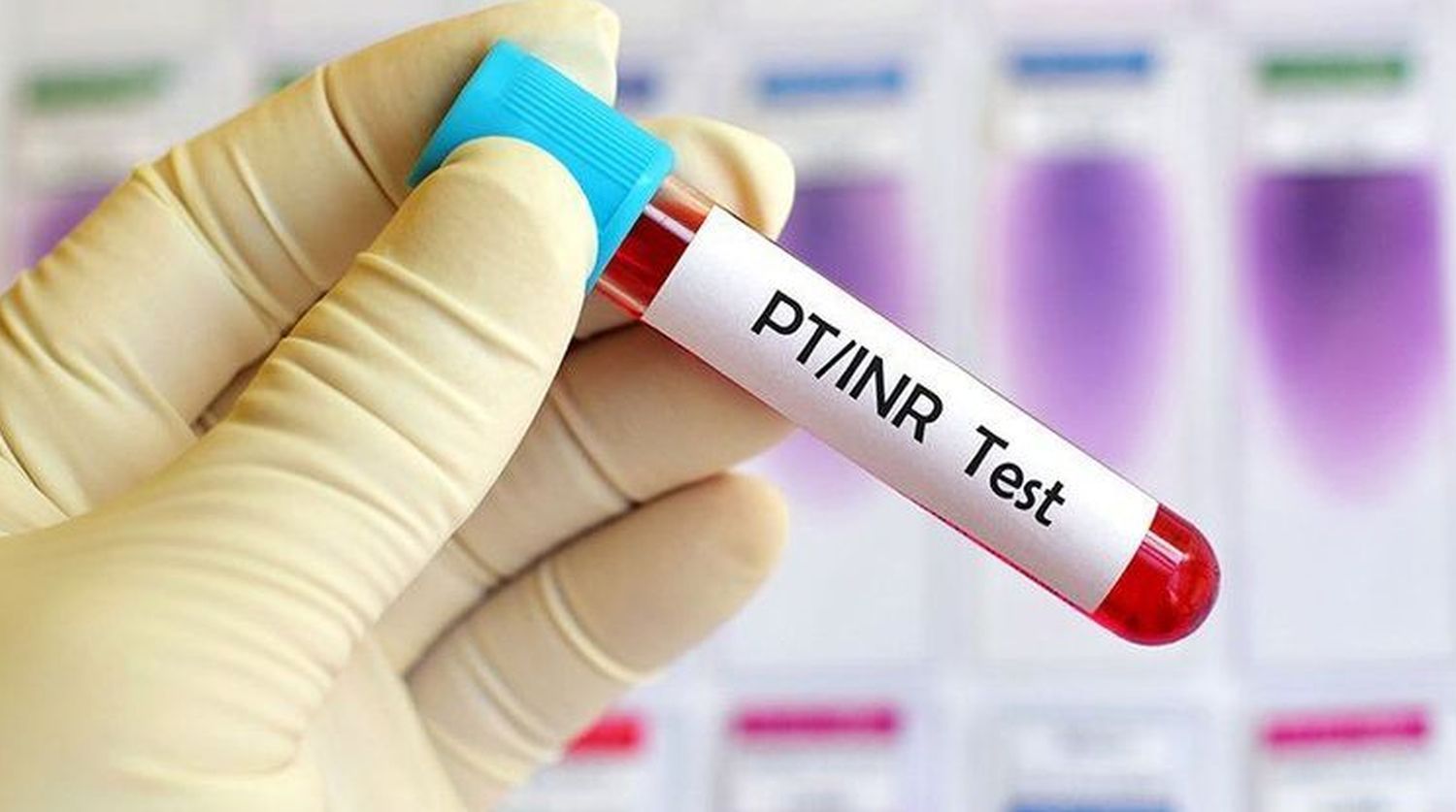Understanding Blood Clotting Test Results: PT, INR, and PTT

Blood Clotting Test Results: A Complete Interpretation Guide
Blood clotting (coagulation) stops excessive bleeding during injury. Problems with clotting lead to excess bleeding or blood clots. Tests like PT (Prothrombin Time), INR (International Normalized Ratio), and PTT (Partial Thromboplastin Time) check your blood's clotting ability. These tests diagnose and track clotting disorders.
If you recently received your test results back and need a personalized explanation, Lab Analyzer can offer a specific breakdown. More broadly, this guide explains these tests, their results, and how they direct treatment choices.
Types of Coagulation Tests
Coagulation tests measure blood clot formation speed and quality. Standard tests include:
Prothrombin Time (PT):
Measures blood clotting time
Tests the extrinsic and common parts of clotting
Shows clotting factor function
International Normalized Ratio (INR):
Makes PT results standard across different labs
Tracks blood-thinning medicines like warfarin
Provides consistent measurements worldwide
Partial Thromboplastin Time (PTT):
Measures clotting time through intrinsic and common pathways
Finds clotting disorders
Monitors heparin therapy
Tests specific clotting factors
Medical teams order these tests together for full clotting assessment.
PT and INR Results Explained
PT and INR tests check blood clotting time through the extrinsic pathway. Both tests work together to show clotting function.
Normal PT and INR Values:
PT: 11–13.5 seconds
INR: 0.8–1.2 for people not on blood thinners
Numbers vary by laboratory
Regular testing tracks changes
High PT and INR:
Long clotting times show bleeding risks.
Causes:
Liver Disease: Makes fewer clotting factors
Vitamin K Deficiency: Blocks clotting factor activation
Blood-Thinning Medicines: Such as warfarin
DIC (Disseminated Intravascular Coagulation): Severe clotting disorder
Test results guide treatment changes
Regular monitoring prevents complications
Low PT and INR:
Fast clotting times signal clot risks.
Causes:
High vitamin K levels
Genetic conditions that increase clotting
Test results need quick medical review
Changes require treatment updates
For people on warfarin, INR guides medicine doses for safe clotting levels.
Doctors use these numbers to adjust treatment.
PTT Level Interpretation
PTT shows how the intrinsic pathway clots blood. This test finds many bleeding and clotting disorders.
Normal PTT Range:
25–35 seconds
Values differ between labs
Regular testing tracks changes
Baseline tests set normal ranges
High PTT:
Long clotting times point to bleeding risks from low clotting factors.
Causes:
Hemophilia: Missing clotting factors VIII, IX, or XI
Heparin Treatment: Changes intrinsic pathway
Lupus Anticoagulant: Immune system affects clotting
Von Willebrand Disease: Changes platelet and clotting function
Regular monitoring guides treatment
Test results show medicine effectiveness
Low PTT:
Short PTT times occur less often. Signs include:
Overactive clotting factors
Strong inflammation signs
Active infections
Blood vessel inflammation
Medical teams use PTT to:
Check heparin therapy results
Find inherited clotting problems
Track treatment progress
Guide medicine changes
Medication Monitoring
Coagulation tests keep patients on blood thinners safe. Tests balance clot prevention against bleeding risks.
[H3] Warfarin and INR Monitoring:
Target INR Range:
2.0–3.0 for most conditions (atrial fibrillation, deep vein thrombosis)
4.5–3.5 for mechanical heart valves, high-risk cases
Weekly testing during dose changes
Monthly testing for stable doses
Tracking Schedule:
Test before starting warfarin
Check INR in 2-3 days
Adjust doses based on results
Continue until stable
Heparin and PTT Monitoring:
Target PTT Range: 1.5–2.5 times normal during treatment
Test schedule:
First test: 6 hours after starting
Follow-up: Every 6-12 hours until stable
Daily tests during treatment
Extra tests after dose changes
Blood tests guide:
Medicine dose changes
Treatment length
Risk assessment
Emergency care needs
Bleeding Risk Assessment
Tests show bleeding risks before surgery or procedures.
High Bleeding Risk Signs:
Test Results:
High PT/INR numbers
Long PTT times
Low platelet counts
Mixed test problems
Physical Signs of Bleeding Risk:
Easy bruising
Frequent nosebleeds
Long bleeding from cuts
Heavy periods
Blood in urine/stool
Bleeding gums
Joint or muscle bleeding
Pre-Surgical Testing:
Blood tests before surgery:
Full clotting panel
Platelet count
Liver function tests
Medicine review
Risk management:
Stop blood thinners if needed
Give vitamin K
Use blood products
Plan special care during surgery
When to Change Treatment
Test results guide treatment changes for better outcomes.
Blood Thinner Adjustments:
High INR (Warfarin Users):
Lower warfarin dose
Skip doses if needed
Give vitamin K for very high numbers
Check for bleeding
Low INR:
Increase warfarin dose
More frequent testing
Review diet changes
Check medicine interactions
Heparin Changes:
High PTT:
Lower heparin dose
Stop medicine briefly
Check bleeding signs
Monitor vital signs
Low PTT:
Increase heparin dose
Test more often
Review medicine delivery
Check for clot signs
Emergency Care:
For serious bleeding:
Fresh frozen plasma adds clotting factors
Platelet transfusions help clotting
Medicine reversal agents:
Protamine stops heparin
Special drugs reverse warfarin
Vitamin K helps liver make clotting factors
Regular testing ensures:
Safe medicine levels
Quick problem detection
Better treatment results
Lower complication risks
Key Takeaway
Blood clotting tests (PT, INR, PTT) guide diagnosis and treatment of clotting problems. These tests track medicine effects and show procedure risks. Numbers help medical teams adjust treatments for each patient. Regular testing with proper medical guidance prevents clots and bleeding problems.